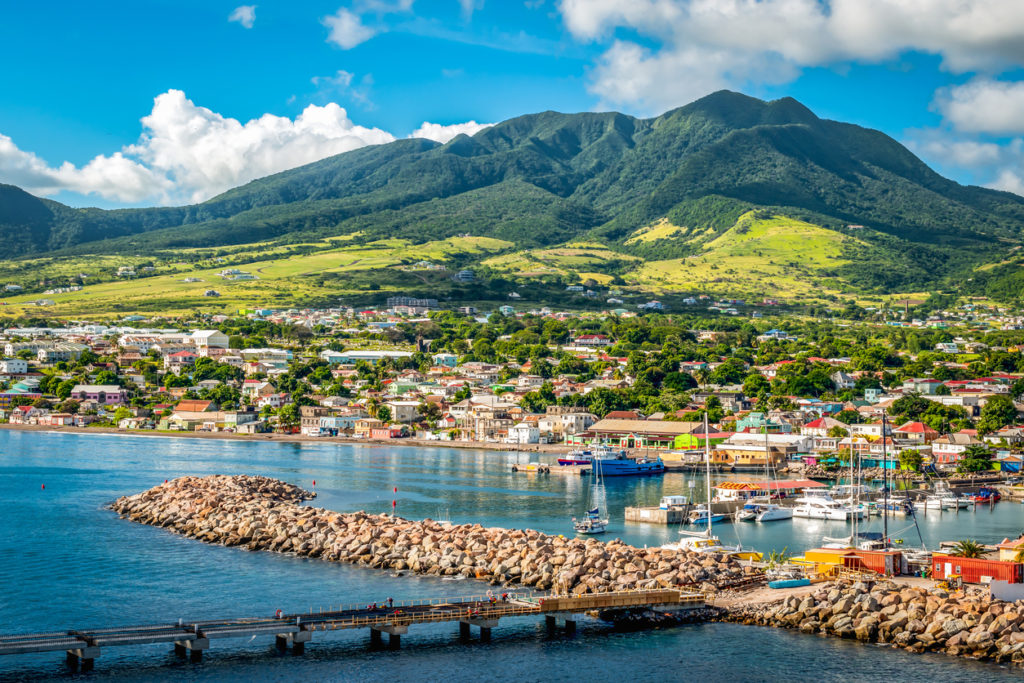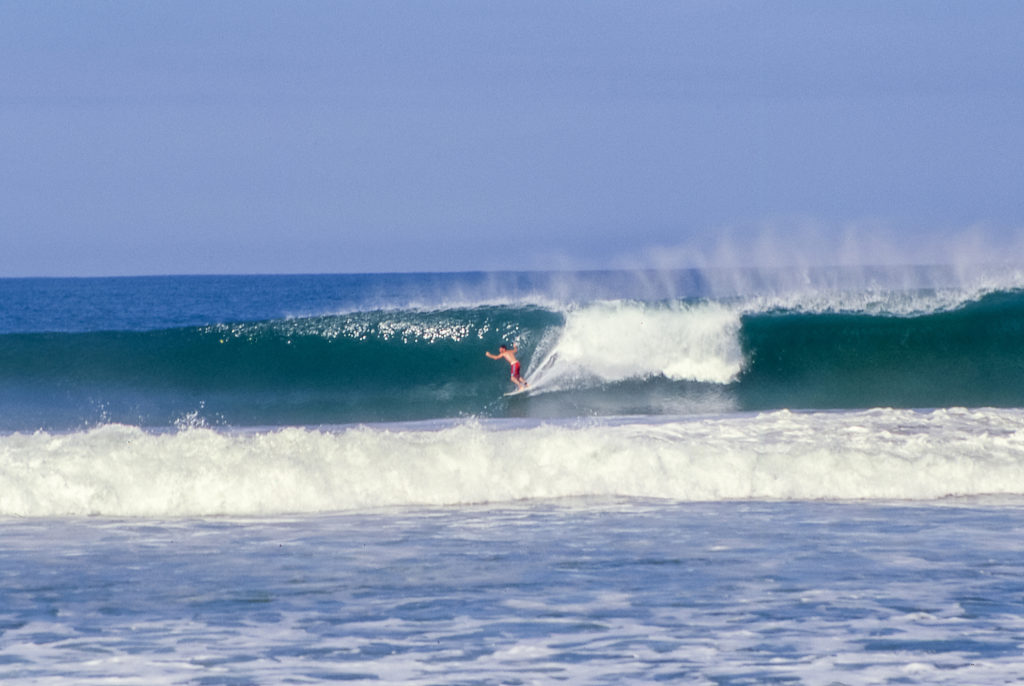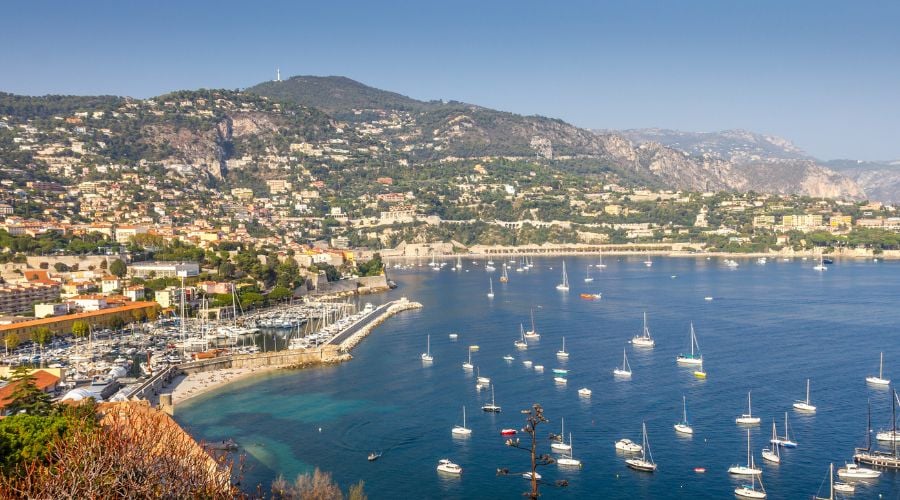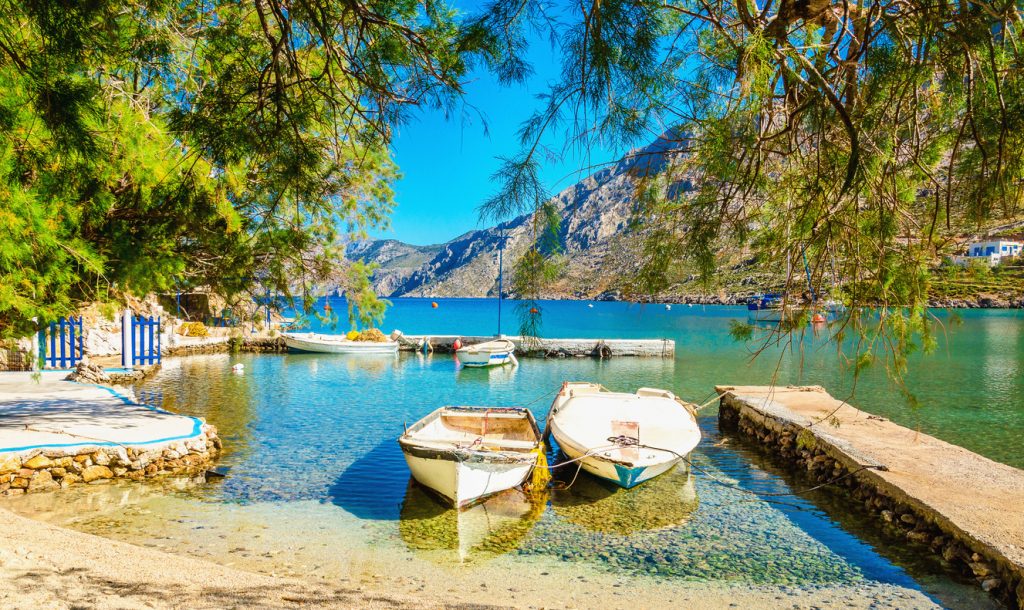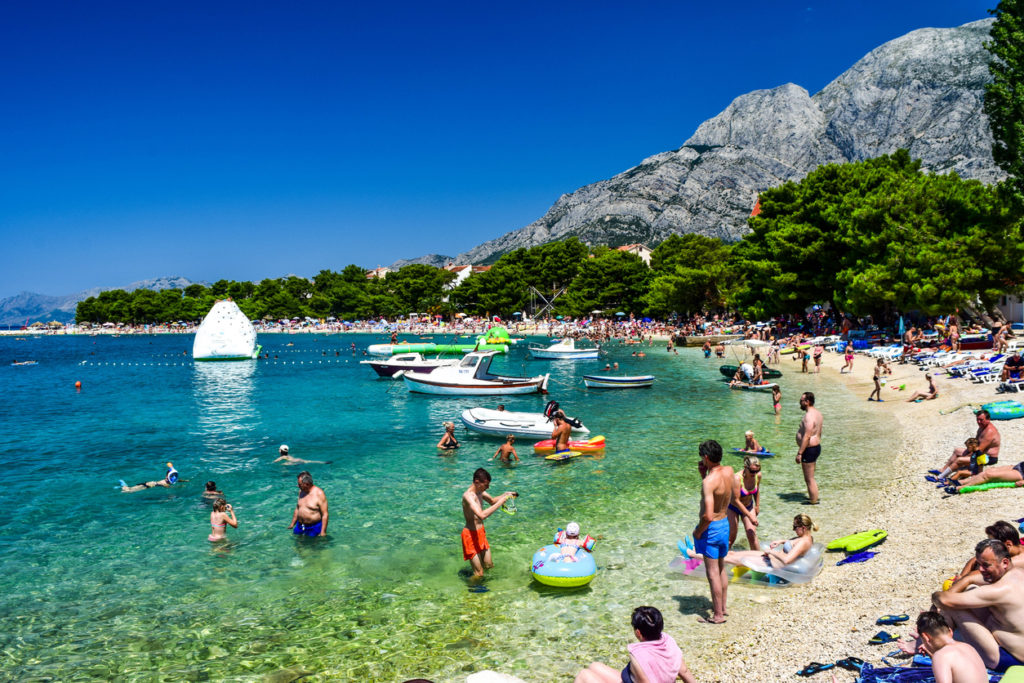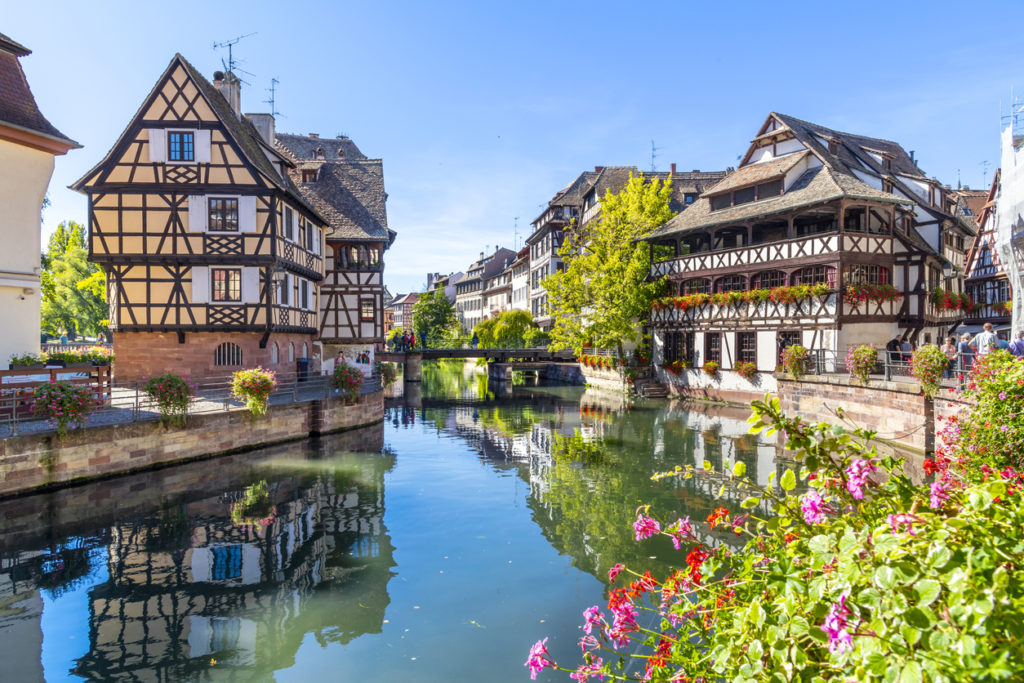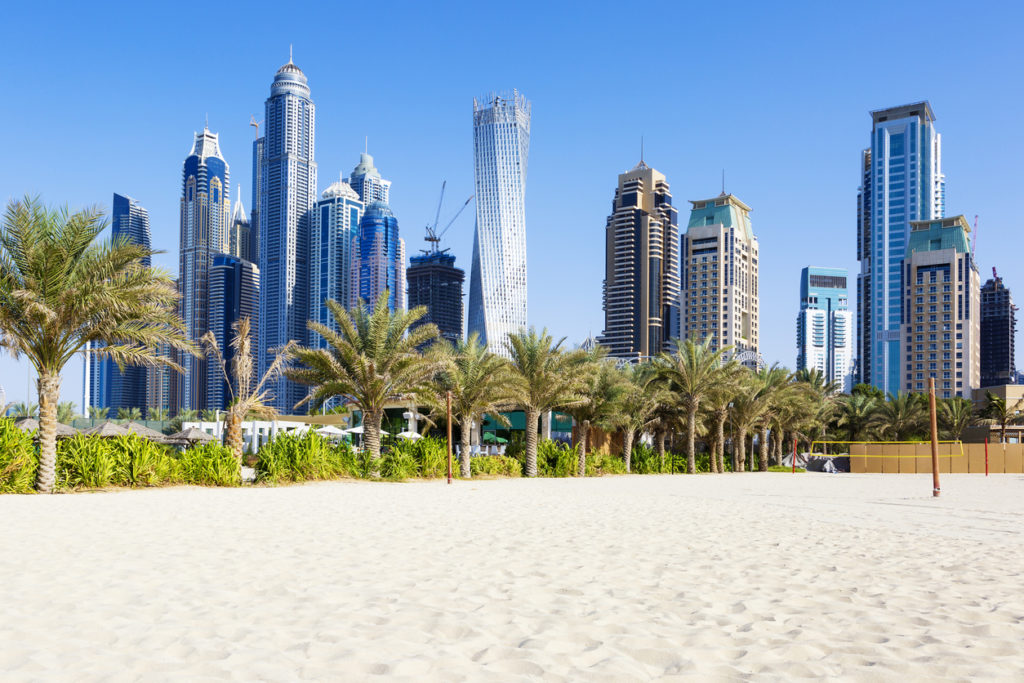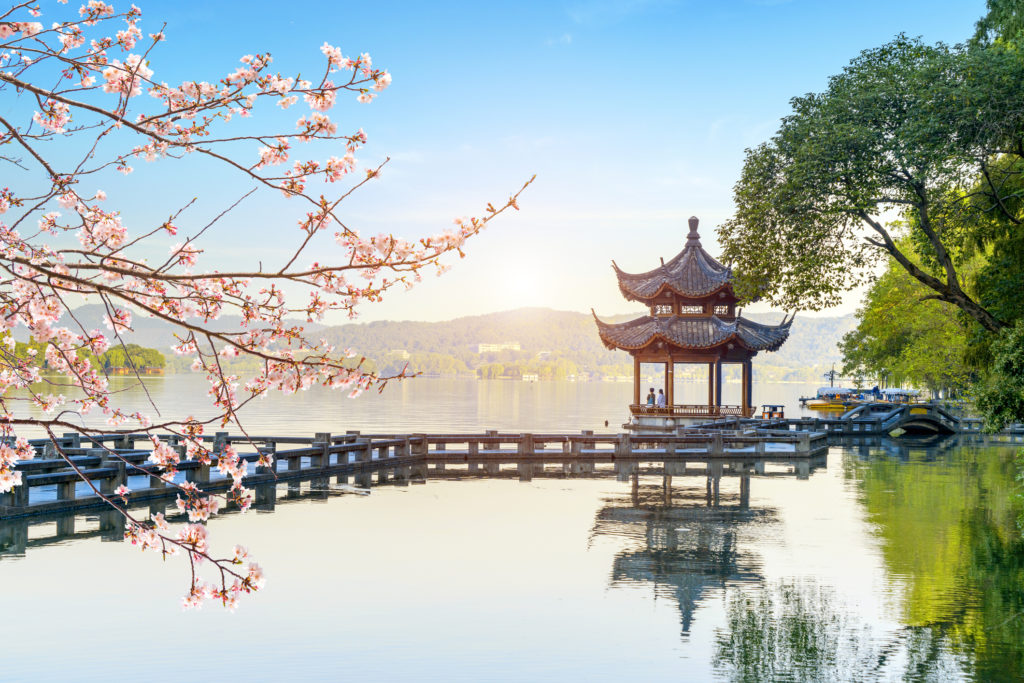On the last day of our stay in Costa Rica I asked Mike, a Californian surfer we’d hooked up with on arrival, how he’d sum up his visit. “Great place, great people, and great surfing beaches – yeah, that’s about it”. Well, I suppose you might expect a classic sound bite from a Californian, but his comments were a pretty accurate – if short – summary of the country’s Caribbean coast.
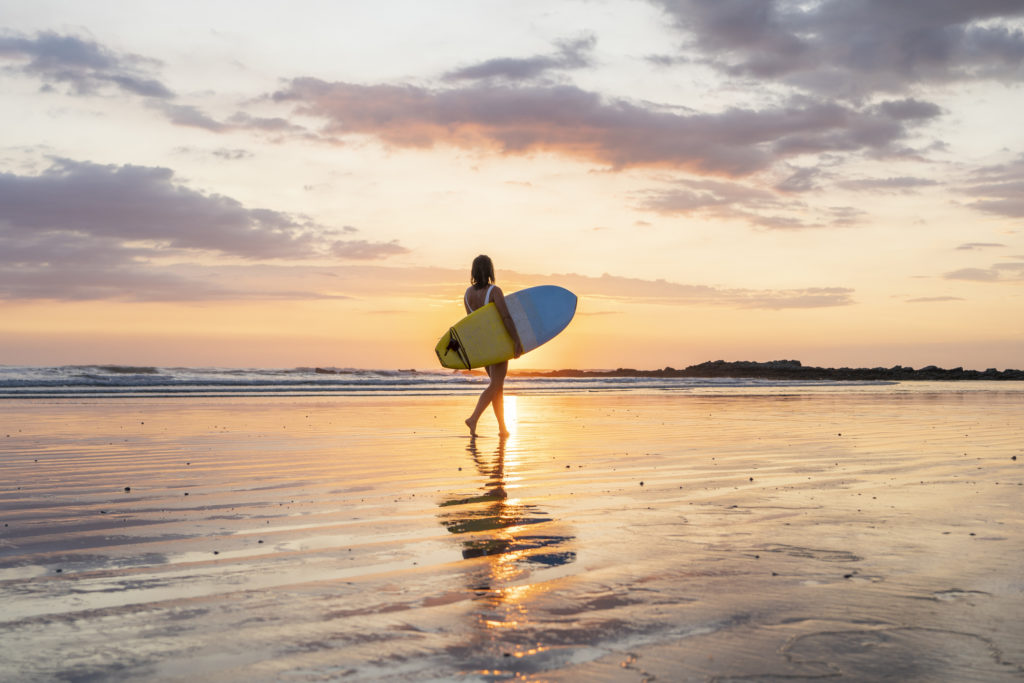
But besides having “great people” and “great beaches” Costa Rica also has a few surprises in store, considering its geographic location in the heart of Central America. This isn’t a part of the world that’s noted for democracy and high regard for human rights, but unlike its troubled neighbours to the north and south, Costa Rica boasts a long democratic tradition, has had no standing army since 1948, and is so environmentally-enlightened that 25 per cent of its territory is made up of national parks and nature reserves.
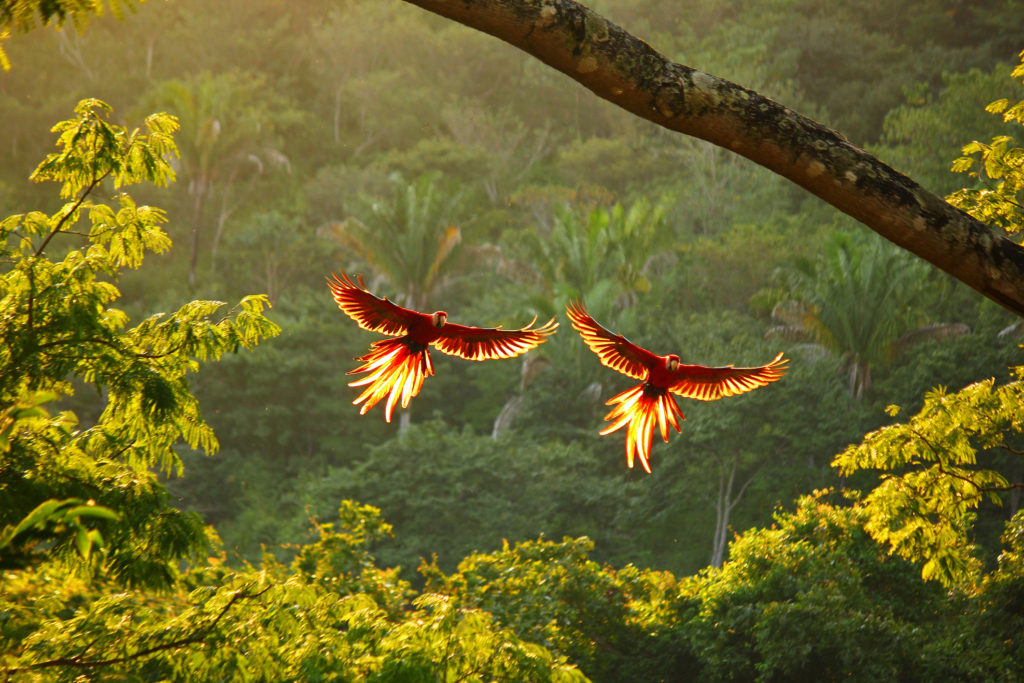
A country no bigger than Wales, it has some of the most varied landscapes and wildlife on Earth. For our visit we were based on the Caribbean coast at the small town of Puerto Viejo, close to the border with Panama. The scenery is all it should be – palms sway above turquoise waters and golden sands, monkeys howl from the tree tops and birds as bright as costume jewellery flit by as you wander through the jungle from your hotel to the beach, although the culture doesn’t have the Latin touch you might expect. The largely Afro-Caribbean residents of this part of the country are descendants of Jamaicans and Barbadians who came to Costa Rica at the turn of the century to work on the banana plantations and railways, and their language, style and Rasta culture mark this everywhere, from the bars and streets to the beaches where cool Rasta surfers cruise the powerful waves cracking across the offshore reefs.
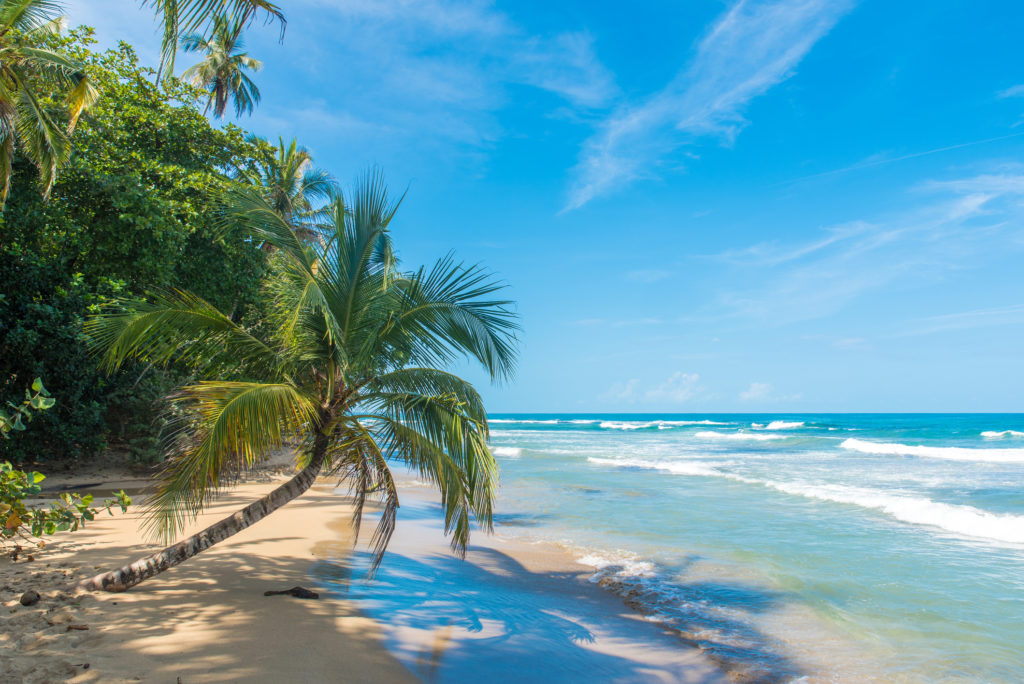
Travelling to Puerto Viejo from the capital San Jose is a full morning’s drive even though the distance is little more than 120 miles – severely pot-holed roads, truck drivers from hell only two inches behind your rear bumper, and steep climbs up through the rain forest all make it a journey to remember – in fact the locals know the road as the ‘Highway to Heaven’, as much on account of the potential hazards as the fact that it’s often shrouded in mist.
From San Jose you climb steadily up over the continental divide with Volcan Barva on your left and Volcan Irazu – still active – on your right. Below them, impenetrable forest, the white spray of cataracts tumbling through the greenery across distant hillsides, titanium-bright blue morpho butterflies bobbing past you, then downhill to cross rivers that provide some of the best white water rafting south of the USA before you arrive at the earthquake-beaten town of Puerto Limon and the coastal plain, where endless banana plantations run inland and the Caribbean waves boom onto empty beaches.
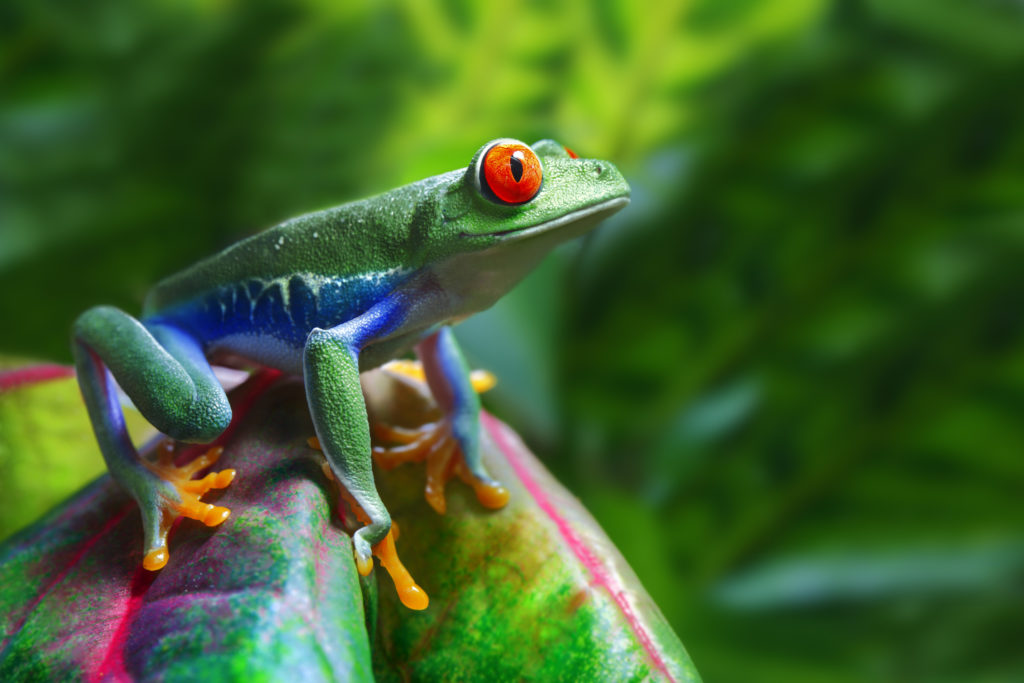
Besides noticing the scenery en route you’ll also notice how you’ve gone from the decidedly cool, damp climate of the cloud forest to the typically hot and steamy atmosphere of the coast. The altitude rises in places from sea level to 3500 m over a distance of only 150 km’s, with temperatures varying from 35 C to below freezing. The wildlife is adapted to these climatic changes every step of the way, and the altitude range, plus Costa Rica’s position as a ‘land bridge’ between the temperate climatic zone to the north and the tropics to the south are the reasons why the country boasts five per cent of the world’s total biodiversity.
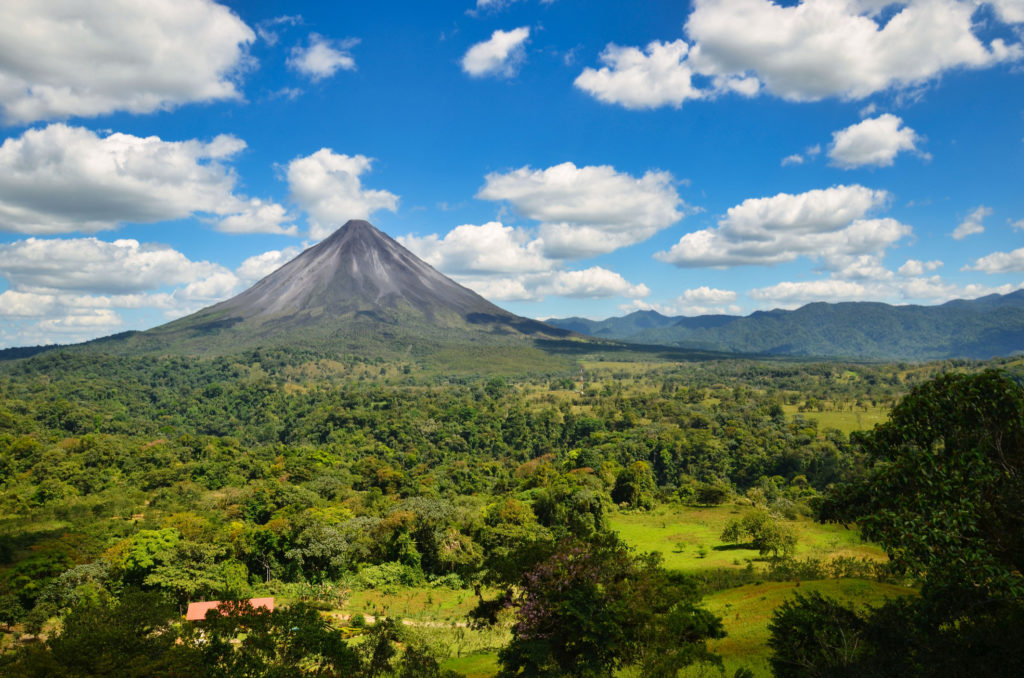
Walking through coastal jungle after an afternoon on the beach, for example, we encountered howler monkeys, vividly-coloured poison dart frogs, spiders big enough to take you on at arm wrestling (fortunately non-poisonous) and the bizarre sloth, a creature that truly lives up to its name. Despite all this wildlife, in a country where the animal inventory includes jaguars, ocelots, tapirs, crocodiles and Technicolor creatures such as toucans, quetzals and sea snakes you could easily become almost blasé about spotting a mere sloth or shiny red frog.
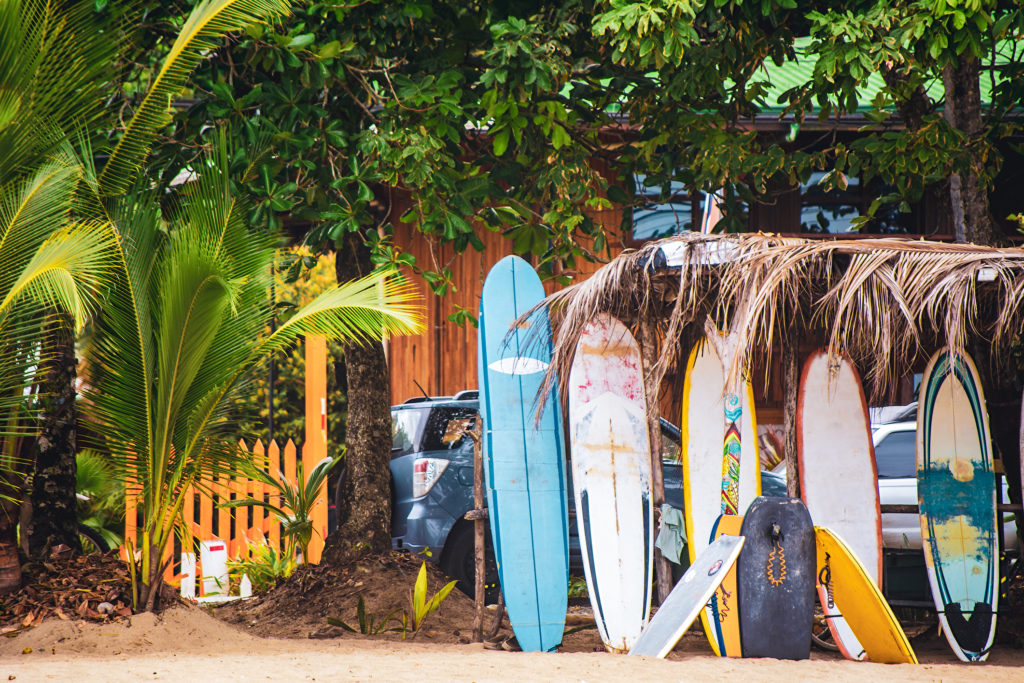
Admittedly, it’s highly unlikely that you’d see all of the above on any one visit, but the fact that they’re there – and you might – is the major attraction of Costa Rica for many visitors. Another big attraction is the people. Friendly, easy-going and always ready to stop and talk or provide advice, even though compared to most visitors many of them live a frugal existence to say the least.
Take Tony, for example, a young Rasta who led us on a surfing expedition down towards the Panama border. When we asked him how he lived he replied: “I fish, there’s fruit and game in the forest, and I take surfers out to the reefs (for which we’d paid $15 each) in me boat – as long as I’ve got enough for me little daughter I don’t need no more, man”. The same applied to his colleague Bobby, who did building work here and there and hunted for wild boar and iguana if food was a bit scarce.
However, as with the rest of the world, things are changing fast on this idyllic coastline. The road to Manzanillo, the last settlement before your reach Panama and just a few kilometres from Puerto Viejo, was only completed in 1984 – before that it was just a muddy trail – but all along the way from Puerto Viejo tourist accommodation is springing up. Thankfully there are no high-rise apartments and everything appears to blend in with the surroundings, from the higher-priced hotels to the budget traveller’s hostels, giving the place the feel of Bali in the early 80’s.
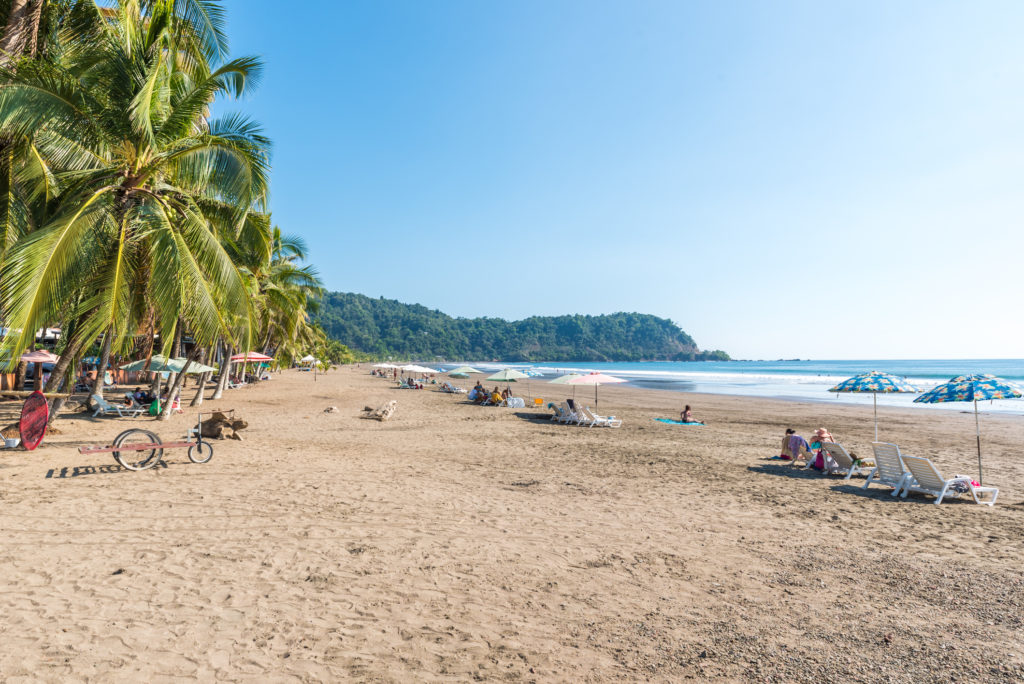
The Pacific coastline of Costa Rica is also developing in a positive manner and is certainly the place to be heading for in the future. One can only hope that the combination of an enlightened approach by the Costa Rican Government towards ‘eco-tourism’, and the spirit of the kind of visitors they’re actively encouraging will help ensure that tourism doesn’t yet again wreck the very thing it came to see.

